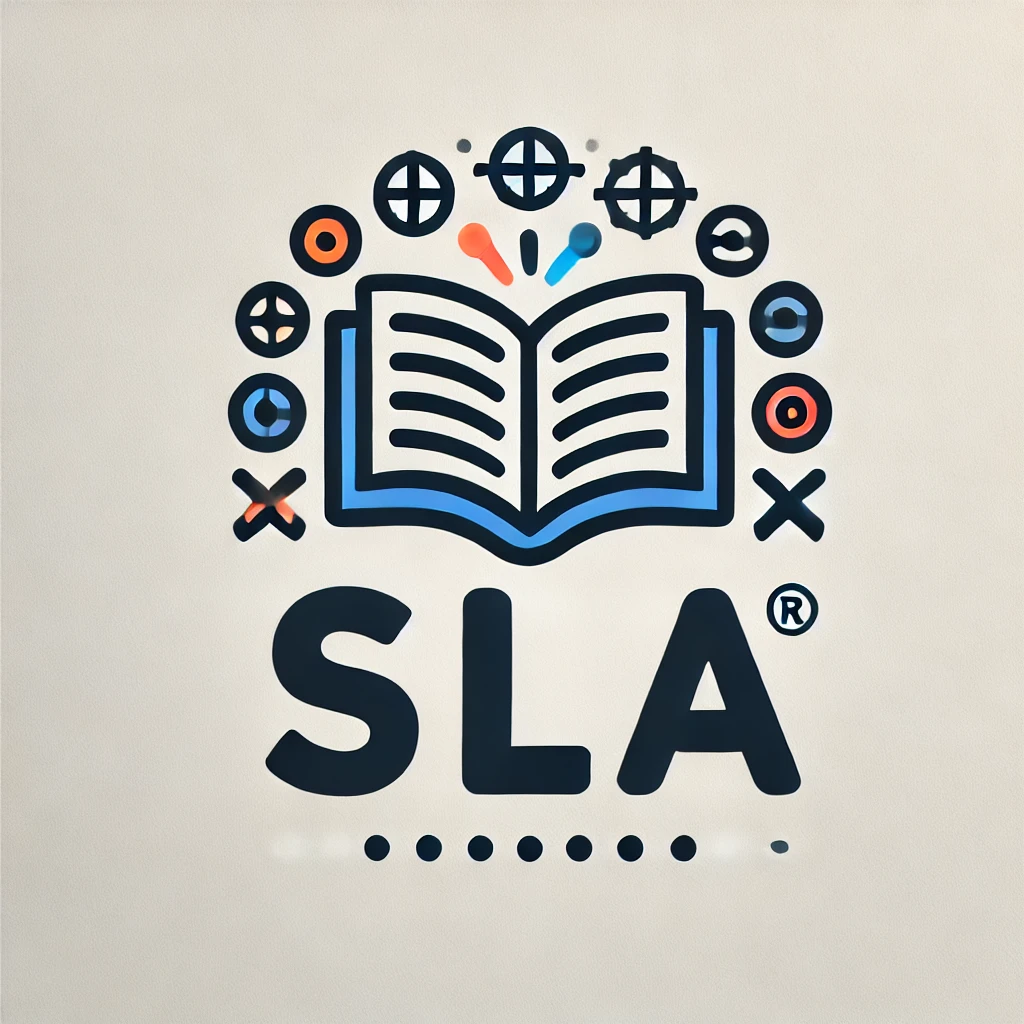Applying Second Language Acquisition Theories in the Classroom
Understanding Second Language Acquisition Theories
When teaching a second language, it is crucial to be familiar with various theories of second language acquisition. These theories can provide insights into how language learning occurs and guide educators in designing effective teaching strategies.
Behaviorist Theory
Behaviorist theory of language acquisition suggests that language is learned through imitation, repetition, and reinforcement. According to this theory, language learning is a habit-forming process, where learners practice speaking, listening, reading, and writing to acquire a new language.

This image is property of pixabay.com.
Cognitive Theory
Cognitive theory focuses on the mental processes involved in language acquisition. This theory emphasizes the role of memory, attention, and problem-solving skills in learning a second language. Educators can apply cognitive theory by incorporating activities that engage learners in critical thinking and problem-solving tasks.
Socio-cultural Theory
Socio-cultural theory posits that language learning is shaped by social interactions and cultural contexts. According to this theory, language development is influenced by the learner’s social environment and the opportunities for meaningful communication. Teachers can create a supportive classroom environment that encourages collaboration, discussion, and interaction among learners.

This image is property of pixabay.com.
Input Hypothesis
The input hypothesis, proposed by Stephen Krashen, emphasizes the importance of comprehensible input in language learning. According to this hypothesis, learners acquire language when they are exposed to language input that is slightly above their current proficiency level. Teachers can provide opportunities for students to receive comprehensible input through listening activities, reading materials, and classroom discussions.
Interactionist Approach
The interactionist approach to second language acquisition combines elements of behaviorist, cognitive, and socio-cultural theories. This approach highlights the importance of meaningful communication, language practice, and feedback in language learning. Educators can promote interaction among learners by incorporating pair work, group discussions, and role-playing activities in the classroom.

This image is property of pixabay.com.
Strategies for Applying Second Language Acquisition Theories
Now that we have discussed various theories of second language acquisition, let’s explore some strategies that teachers can use to apply these theories in the classroom effectively.
Immersion Approach
The immersion approach involves creating an environment where the target language is used exclusively for communication. This method is based on the behaviorist theory of language acquisition and emphasizes the importance of practice, repetition, and reinforcement. Teachers can implement the immersion approach by conducting lessons in the target language, encouraging students to use the language in meaningful contexts, and providing ample opportunities for language practice.
Task-based Learning
Task-based learning is an instructional approach that focuses on meaningful tasks and activities to engage learners in language learning. This method aligns with the interactionist approach to second language acquisition and emphasizes the role of communication, collaboration, and problem-solving in language development. Teachers can design tasks that require students to use the language for real-world purposes, such as problem-solving, decision-making, and information exchange.
Communicative Language Teaching
Communicative language teaching is a learner-centered approach that emphasizes meaningful communication and interaction in language learning. This method is grounded in socio-cultural theory and highlights the importance of social interactions, cultural contexts, and authentic communication in language development. Teachers can adopt communicative language teaching by creating communicative activities, role-plays, and simulations that promote language use in realistic situations.
Content and Language Integrated Learning (CLIL)
Content and Language Integrated Learning (CLIL) is an instructional approach that combines language learning with content-based instruction. This method integrates language learning with subject matter content, such as science, math, history, and art. CLIL aligns with the cognitive theory of language acquisition and emphasizes the role of memory, attention, and critical thinking in language development. Teachers can implement CLIL by designing lessons that incorporate language objectives with subject-specific content, vocabulary, and concepts.
Differentiated Instruction
Differentiated instruction is an instructional approach that caters to the diverse learning needs, preferences, and abilities of students. This method aligns with the cognitive theory of language acquisition and emphasizes the importance of individual differences, learning styles, and preferences in language learning. Teachers can differentiate instruction by adapting teaching strategies, materials, and assessments to meet the unique needs of learners, such as visual, auditory, kinesthetic, and tactile learners.
Technology Integration
Technology integration is the use of digital tools, resources, and platforms to enhance language learning and instruction. This method aligns with the behaviorist, cognitive, and interactionist approaches to second language acquisition and emphasizes the role of technology in providing interactive, engaging, and personalized learning experiences. Teachers can integrate technology by using multimedia resources, online platforms, language learning apps, and virtual tools to support language practice, feedback, and assessment.
Assessment and Feedback
Assessment and feedback are essential components of effective language teaching and learning. Teachers can use a variety of assessment techniques, such as formative assessments, summative assessments, self-assessments, peer assessments, and portfolio assessments, to evaluate students’ language proficiency, progress, and performance. Providing timely, constructive feedback can help students identify areas for improvement, set goals, and monitor their language development.
Conclusion
In conclusion, applying second language acquisition theories in the classroom can enhance language teaching and learning by providing insights into how language learning occurs and guiding educators in designing effective teaching strategies. By understanding and implementing behaviorist, cognitive, socio-cultural, and interactionist theories of second language acquisition, teachers can create a supportive, engaging, and interactive learning environment that promotes language development, communication, and collaboration among learners. By incorporating strategies such as immersion approach, task-based learning, communicative language teaching, CLIL, differentiated instruction, technology integration, assessment, and feedback, teachers can help students acquire and develop proficiency in a second language effectively.

